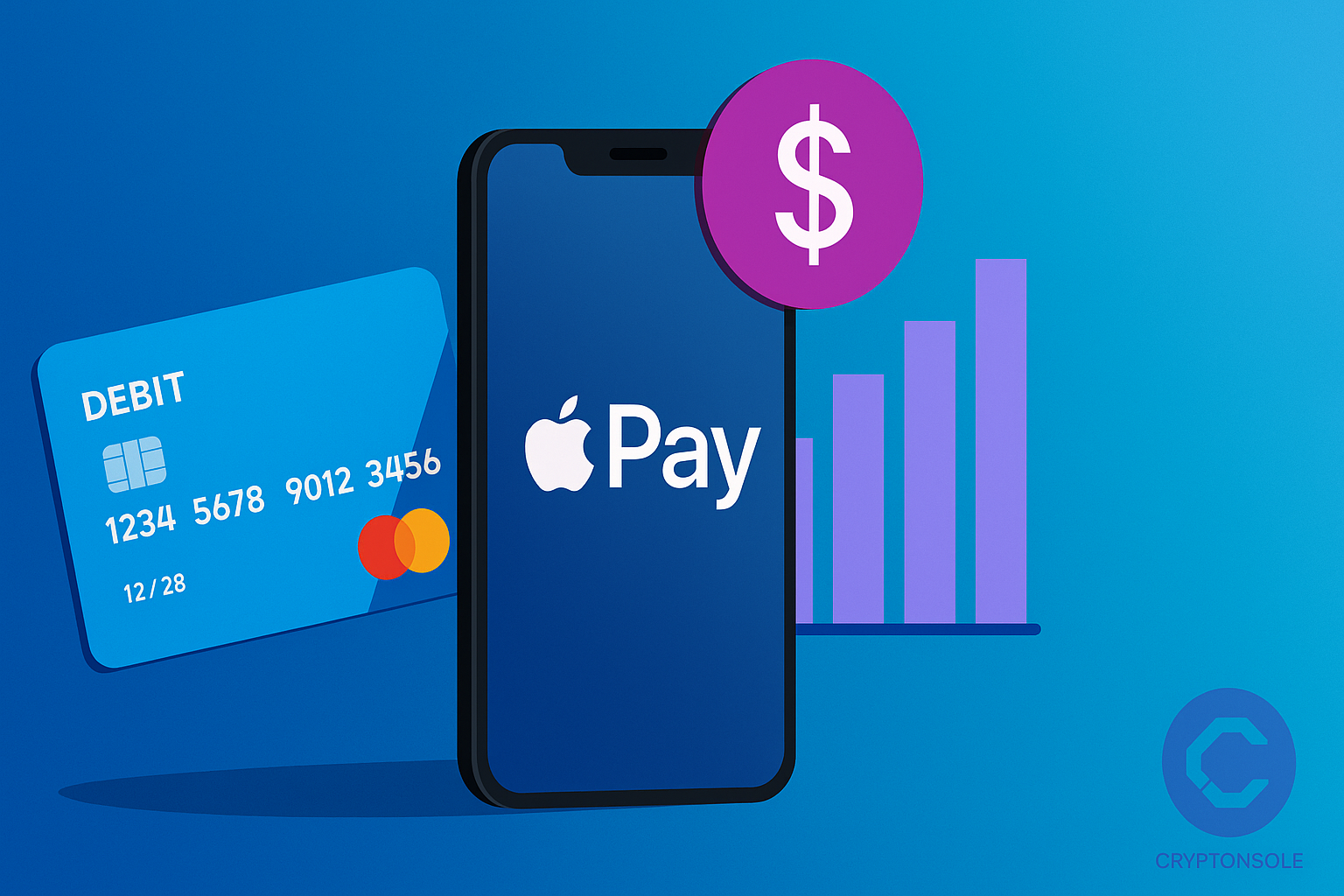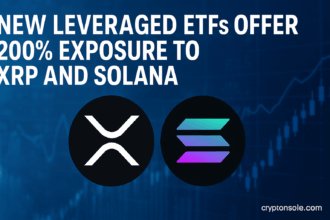Summary
Zak Folkman, co-founder of World Liberty Financial (WLFI), announced at Korea Blockchain Week that the project will launch a debit card and a retail app “very soon,” allowing its USD1 stablecoin to be linked with Apple Pay. He described the app’s concept as “Venmo meets Robinhood.” Folkman also stressed that WLFI will not create its own blockchain; instead, the project aims to stay neutral across technology and distribution channels.
Key Details
| Feature | What’s Announced / Planned |
|---|---|
| Debit card & retail app | WLFI will roll out a debit card and a retail-focused mobile application. The card will allow users to use the USD1 stablecoin in everyday transactions and link to Apple Pay. |
| User experience goal | Folkman likened3 the app’s experience to “Venmo meets Robinhood” — meaning a combination of easy peer-to-peer payments, social sharing, spending, and possibly investment tools. |
| No own blockchain | WLFI will not launch a proprietary chain; it intends to operate in a blockchain-agnostic manner, relying on existing infrastructure and multiple blockchains where needed. |
Context & Background
- WLFI is the governance token / project behind World Liberty Financial, which also issues a stablecoin USD1.
- Folkman has previously indicated that the project is building an app aimed at underbanked or unbanked populations, combining Web3 and traditional finance features like remittances, payments, and possibly crypto trading.
- As of mid-2025, WLFI’s governance token had become tradable following a token-holder vote.
Implications
- Payments & Spending Expansion: With a debit card linked to USD1 and Apple Pay functionality, WLFI aims to extend use cases beyond speculation and DeFi into everyday consumer spending. This could increase adoption, if the infrastructure, merchant acceptance, and regulatory approvals fall into place.
- Competition with Traditional FinTech: Describing the app as “Venmo meets Robinhood” signals WLFI wants to straddle peer-to-peer payments (Venmo’s domain) and investment/trading or finance features (Robinhood’s domain). This could set higher expectations for UX, security, and regulation.
- Tech Neutrality preserves flexibility: By not launching its own chain, WLFI avoids high costs of consensus, security, chain maintenance, and potential governance risks. It also enables them to integrate with multiple blockchains and benefit from their ecosystems. But it may also lead to dependence on external chains for performance, fees, or scalability.
Risks & Considerations
- Regulatory & Compliance Hurdles: Issuing debit cards, integrating with Apple Pay, operating stablecoins, and facilitating crypto payments across jurisdictions will entail regulatory approvals (e.g. banking licenses, payments licensing, AML/KYC, etc.).
- User Trust & Security: As with many crypto projects, high expectations must be met with rigorous security, transparency (especially around audits), and proper consumer protections.
- Merchant Adoption: For a debit card to be useful, merchant networks must accept the card / payment method. Costs, fees, and settlement mechanisms will matter.
- Infrastructure & UX Execution: “Venmo meets Robinhood” sets a high bar — easy onboarding, smooth payments, strong design, low friction. Delays, technical8 issues, or fee surprises could reduce adoption.
What to Watch Next
- Announcement of launch dates for the debit card and app, including which regions will get them first.
- The details of how USD1 will integrate with Apple Pay: whether full support for partner merchants, which jurisdictions are supported, etc.
- Any regulatory filings or requirements that WLFI discloses, particularly in payment and banking sectors.
- Audits of USD1 (proof of reserves or other assurances) and transparency reports, which will be crucial for user trust. WLFI has indicated stablecoin audits earlier.
- How WLFI manages token economics, liquidity, wallet support, and security to handle the load if adoption increases.
8QZ2093F












